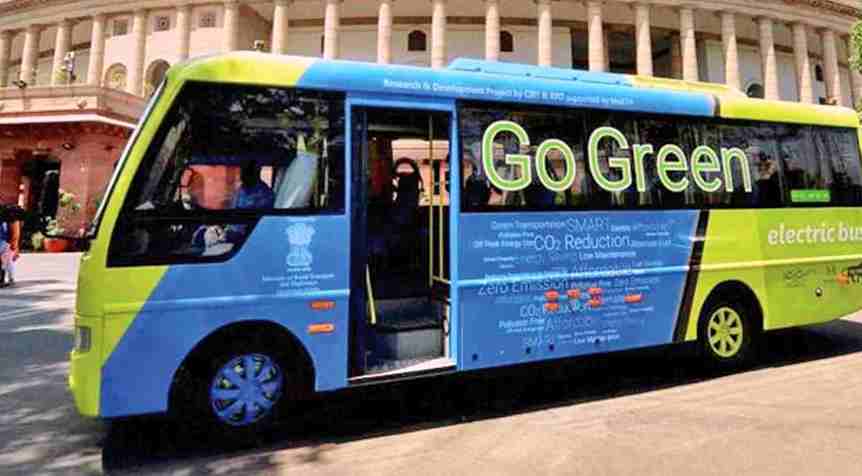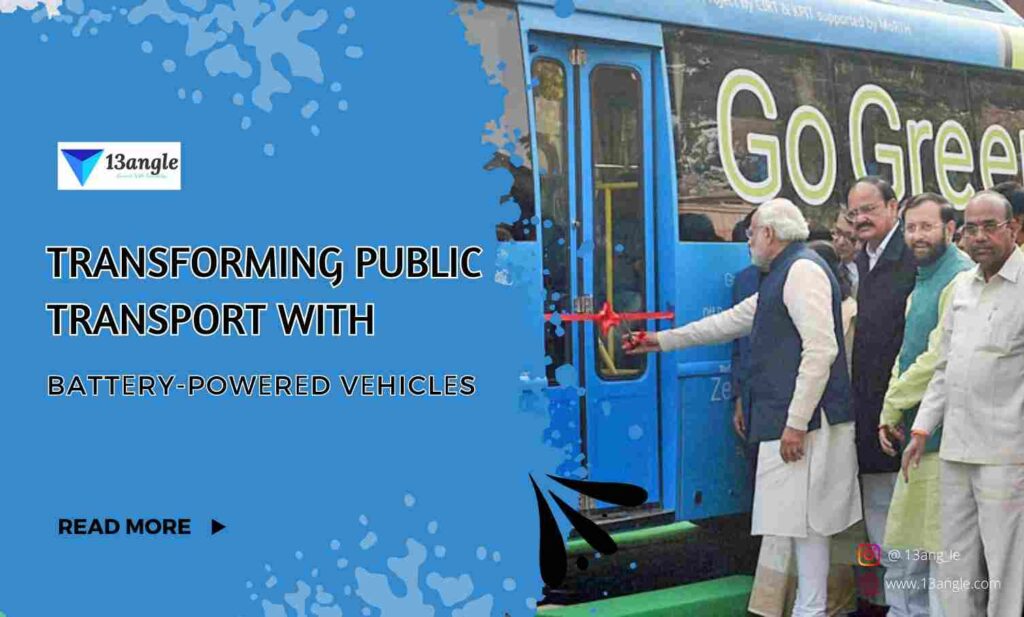
India, a nation of over a billion people, is at the crossroads of a significant transformation in its transportation landscape. The critical question at the heart of this transition is whether India’s journey toward electric transport is heading in the right direction, and more importantly, is it effectively balancing the costs, environmental benefits, and the practical challenges of implementation. Let’s delve into this complex subject, exploring the nuances that will shape the future of India’s mobility.
The Advantages
India’s push towards electric transport is not without merit. There are distinct advantages to this transition. Firstly, the cost reduction initiatives have significantly lowered the operational costs for electric three-wheelers and buses. This reduction has made electric vehicles not just economically appealing but has provided a strong incentive for individuals and businesses to consider them. With the Total Cost of Ownership (TCO) becoming more competitive, the path to mass adoption seems more attainable.
Environmental benefits are a compelling aspect of this transition. Electric vehicles inherently contribute to cleaner and greener transportation. With India’s urban centers grappling with severe air pollution, the alignment of electric transport with global climate change goals is a welcome prospect. It signifies a commitment to improving air quality, which is not only an environmental imperative but also a public health necessity.
Government initiatives like FAME and incentives for battery storage have played a pivotal role in promoting electric vehicles. These initiatives have supported bulk procurement and the creation of necessary charging infrastructure. They’ve paved the way for a comprehensive ecosystem that fosters electric transport.
The Challenges
As the saying goes, “the devil is in the details.” Despite these advantages, challenges abound. The question is whether India’s approach is comprehensive enough to address these challenges effectively.
Firstly, the feasibility of replacing thousands of diesel-run buses with electric ones is an ambitious goal. It necessitates a rigorous evaluation of infrastructure, funding, and the broader ecosystem required to facilitate this transition. Adequate charging infrastructure is paramount, as is efficient fund allocation.
Moreover, the shift to electric transport raises concerns about its impact on traditional public transport operators. Many of these operators heavily rely on conventional fuel-based vehicles. A well-considered approach is essential to implement measures that manage this transition without causing unintended economic disruptions. Ensuring a smooth transition for these operators is not just about economic stability; it’s a matter of social cohesion.
Balancing the Scales
In conclusion, India’s transition to electric transport is a journey of promise and challenge. While government initiatives have propelled this transformation forward, it’s crucial to achieve a fine equilibrium between the advantages and challenges.
The critical question we face is whether India’s roadmap is comprehensive enough to address the complexities involved. Striking this balance is no easy task. It calls for meticulous evaluation and a relentless pursuit of improvement. In the midst of this journey, it’s essential to remain vigilant, adapt to unforeseen challenges, and refine initiatives continuously.
As India steers toward a cleaner, more cost-effective, and sustainable future in transportation, the answer to the question of whether it’s on the right track remains a dynamic narrative, one that evolves with time and effort. The key lies in continual assessment and a steadfast commitment to ensure electric transport is not only a choice but a well-rounded solution for the nation’s mobility needs.






